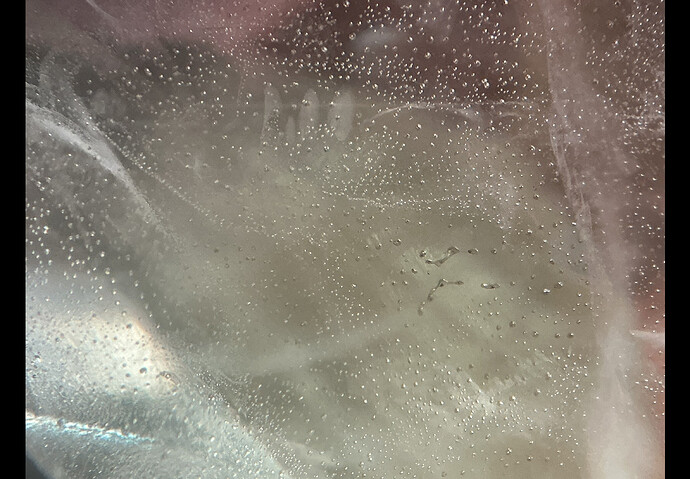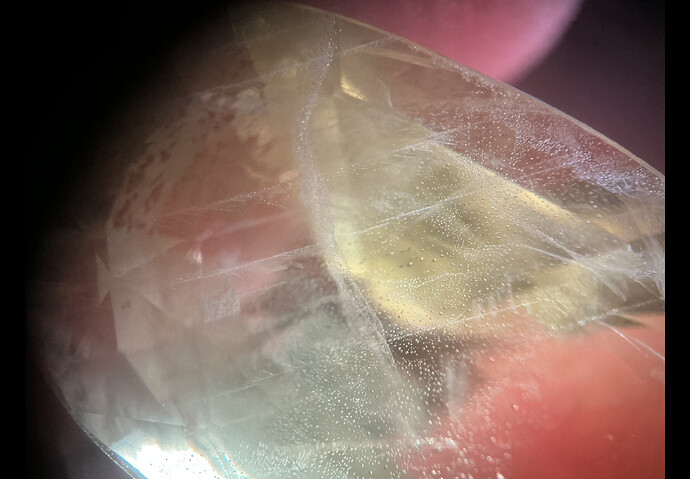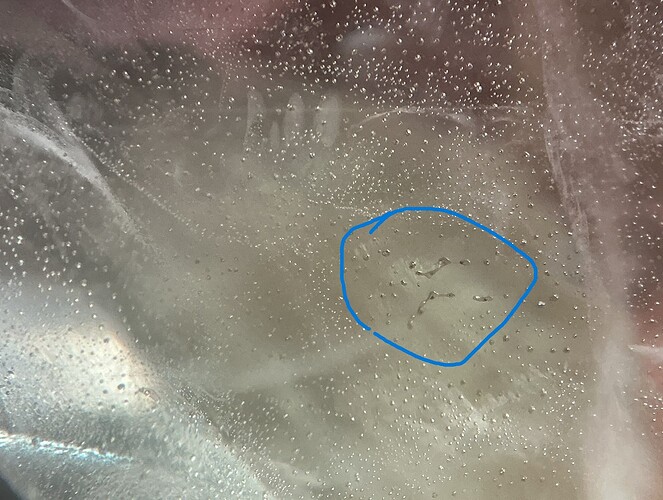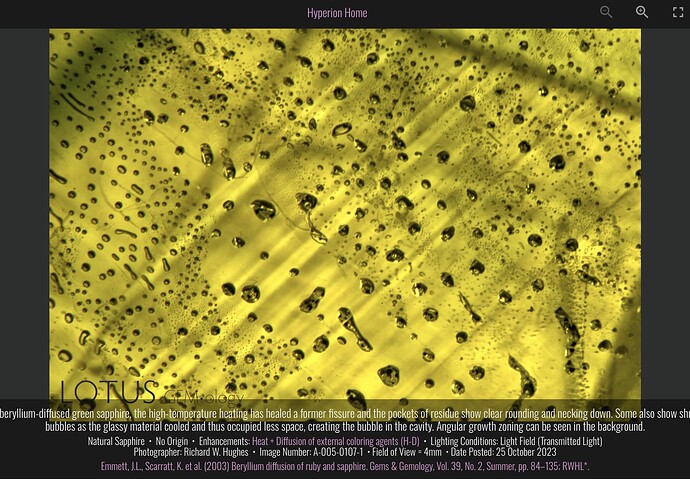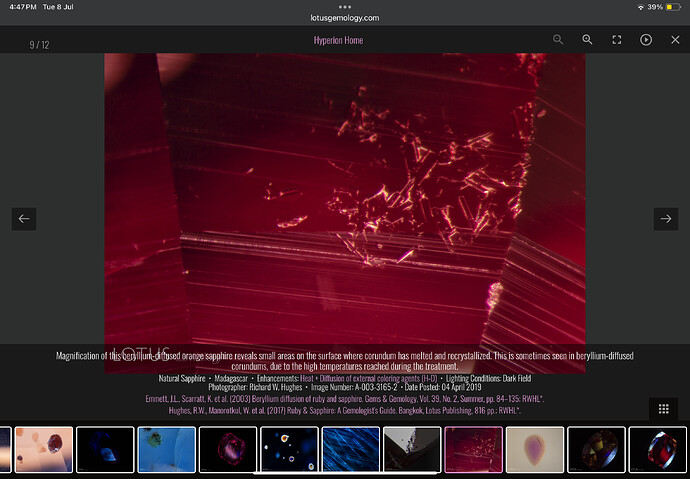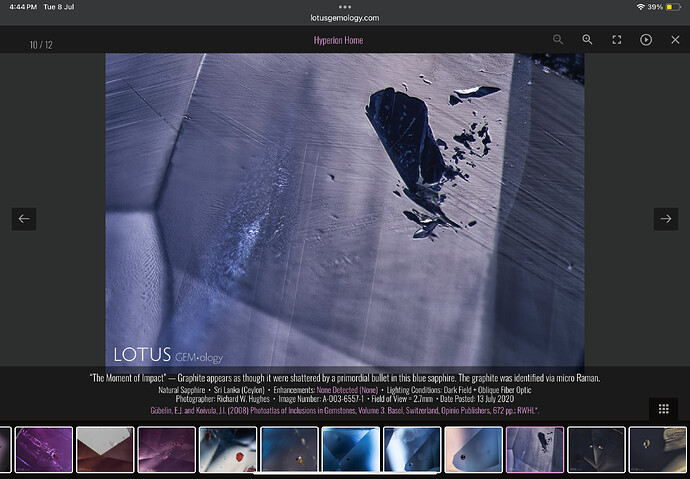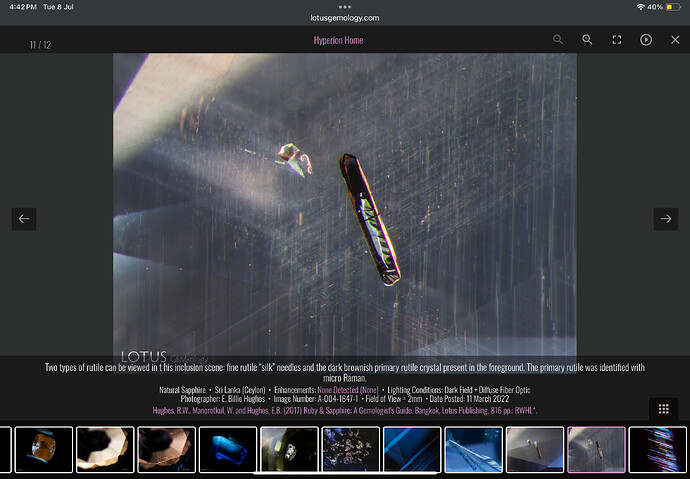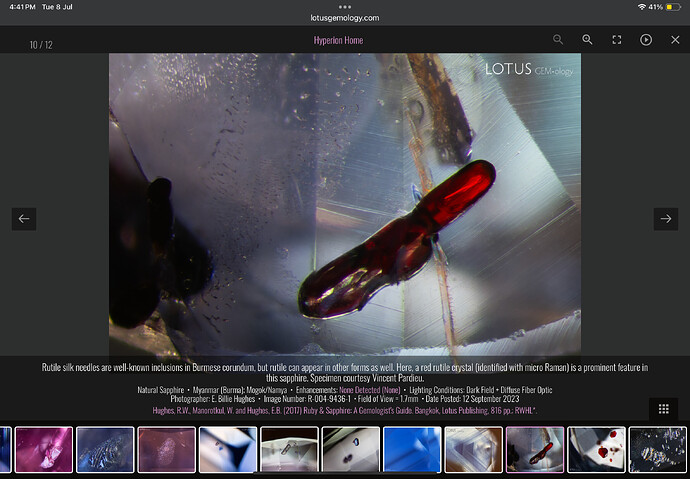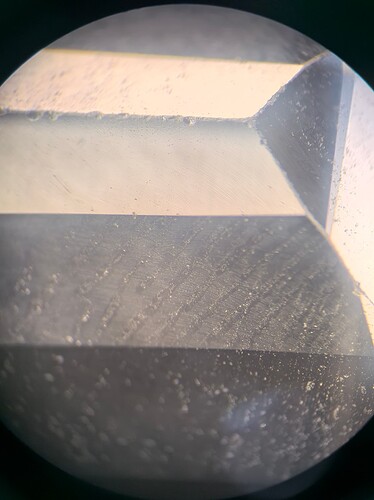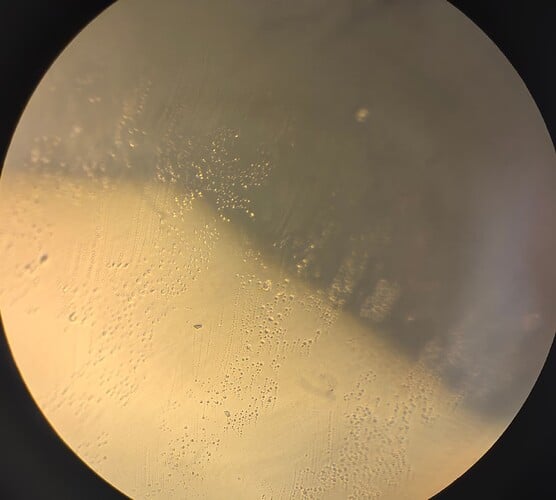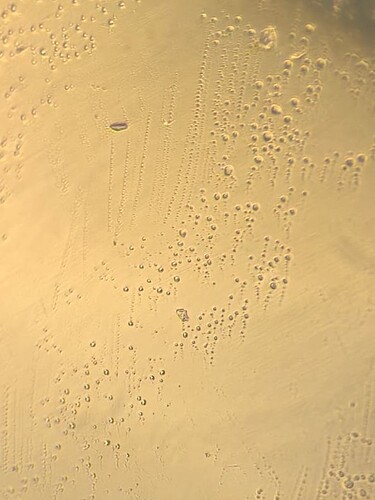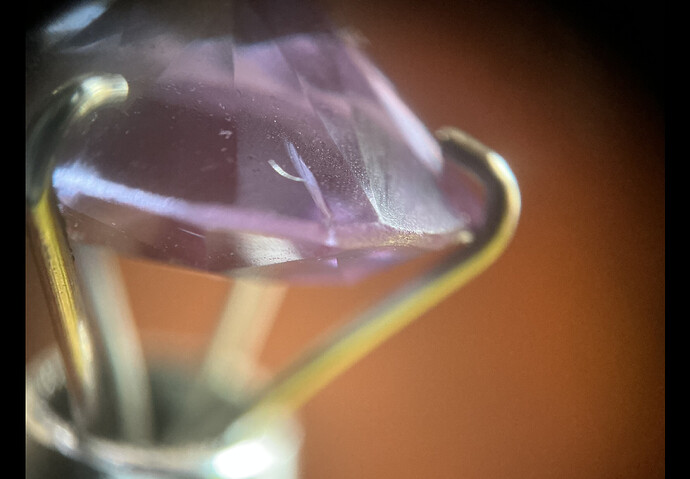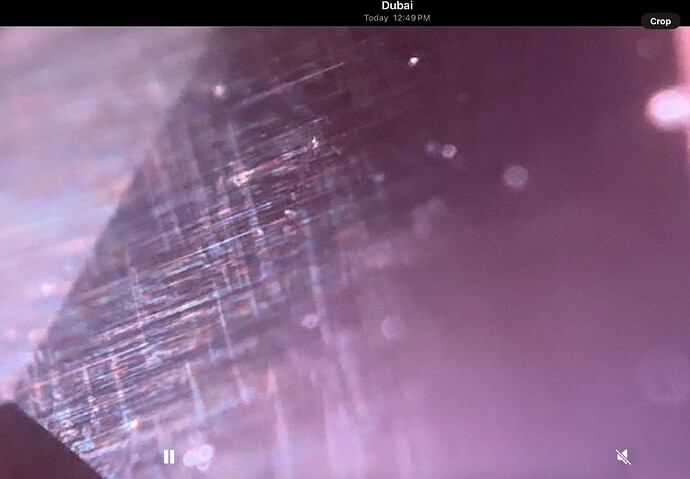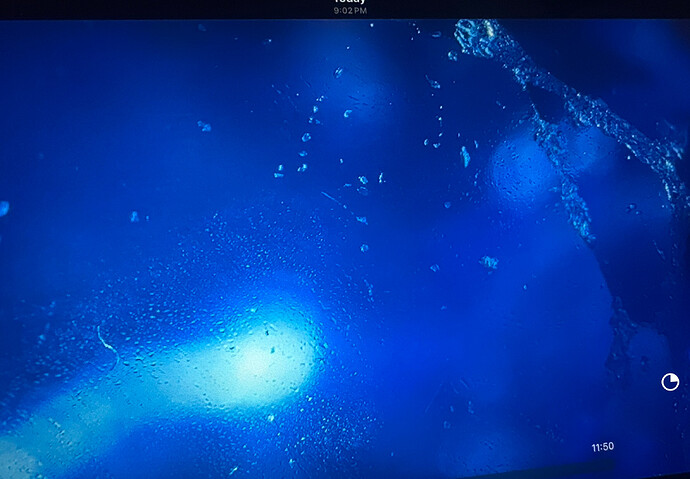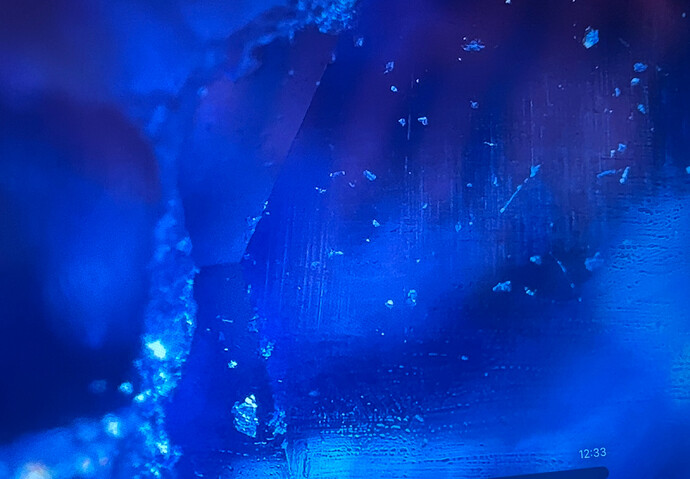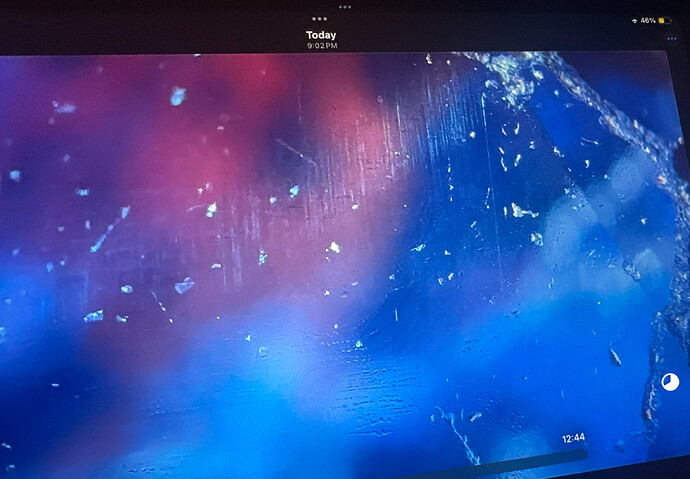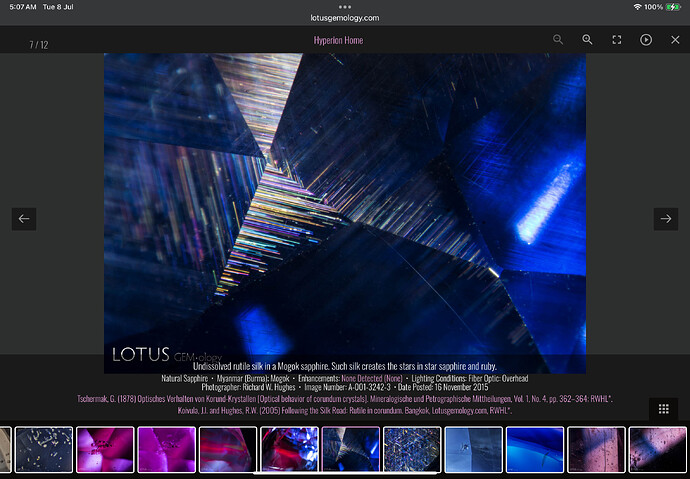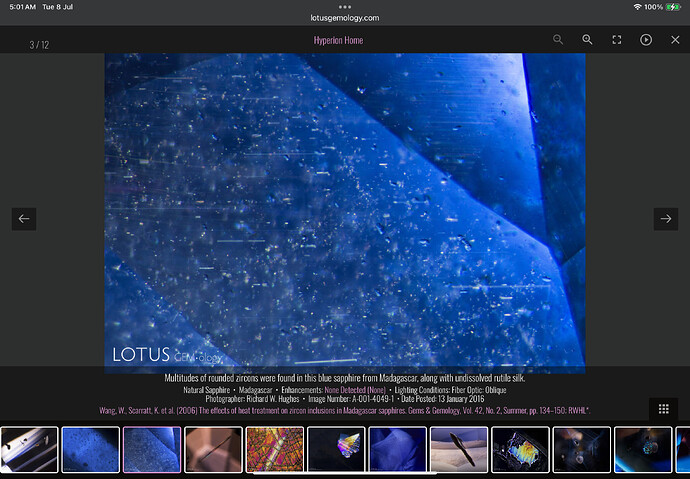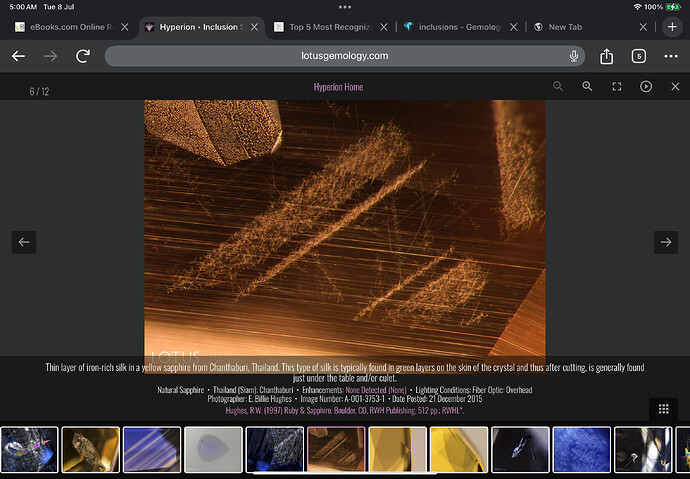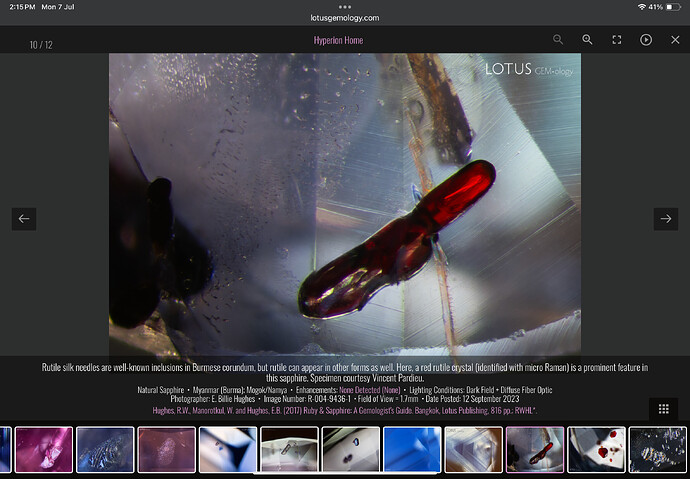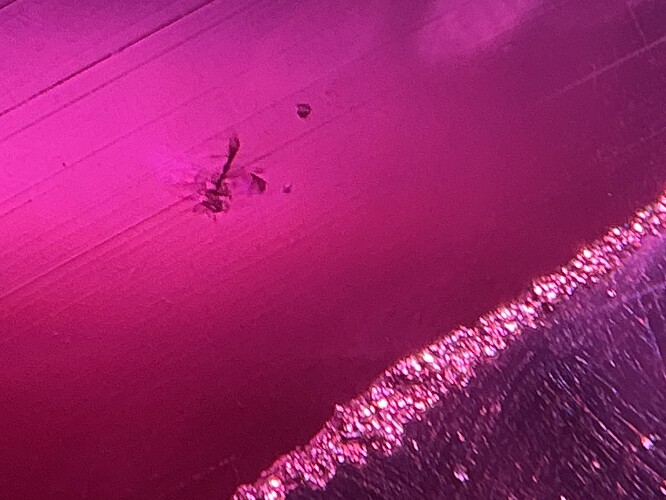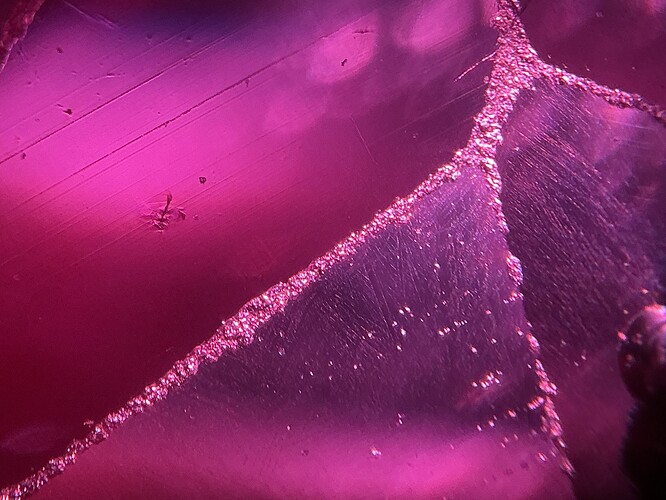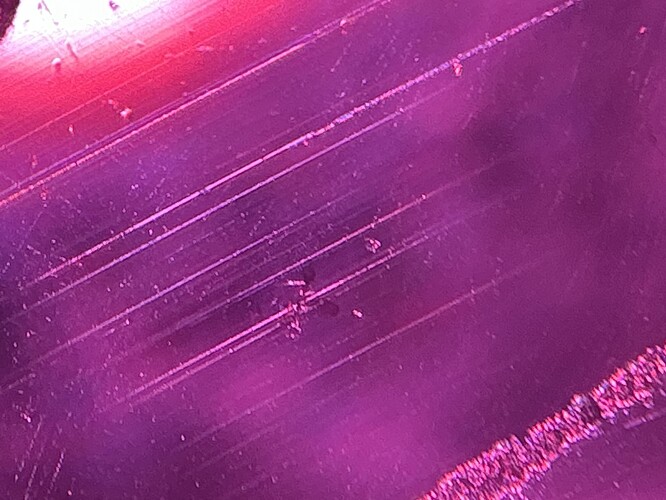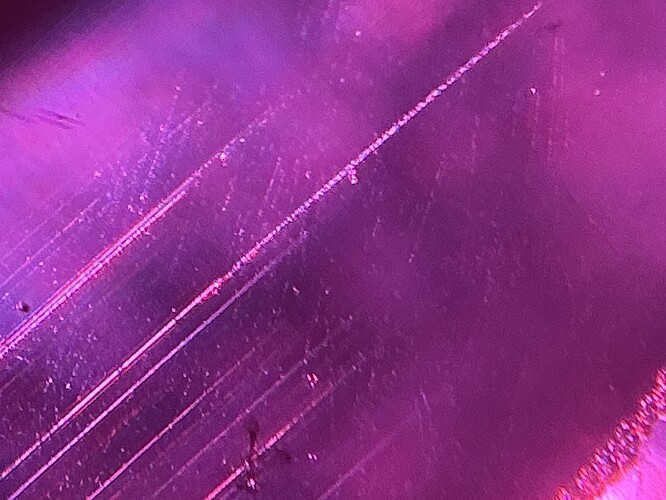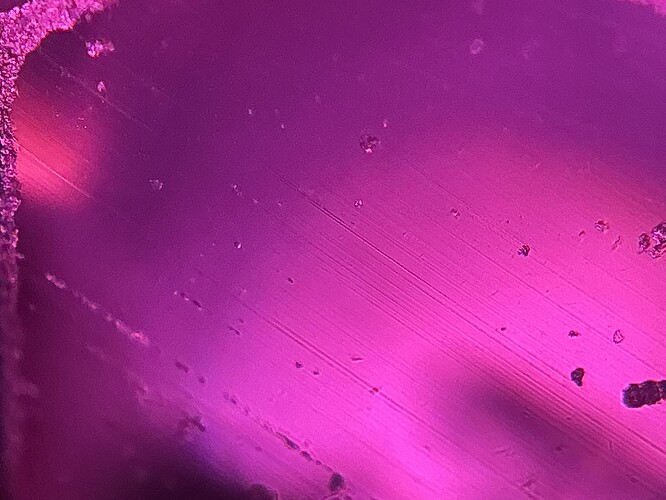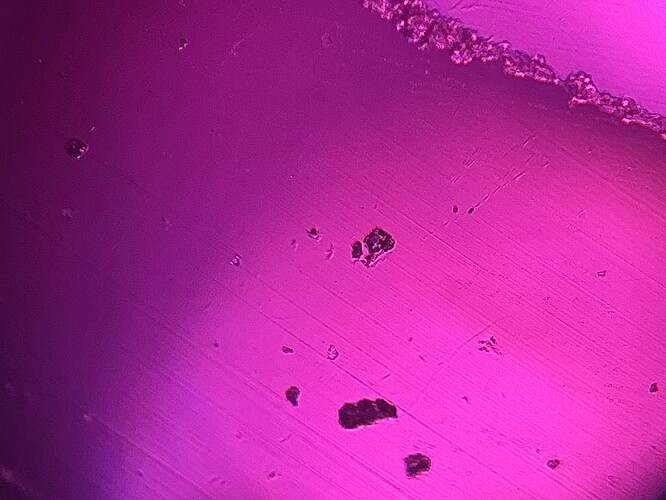Hi,is this the gas bubbles and wispy inclusions we see in a synthetic corundum.
These elongated bubbles with some unknown flecks of material are interesting. The remaining bubbles and veils certainly hint towards a synthetic process.
-Troy
I dont know much about synthetic inclusions.First time ive seen something so clearly.I think its better to study the synthetics first than looking into naturals.
I agree! I have been purchasing a few specimens of facetted and boules of various lab grown corundum to do similar studying. ![]()
I have been imaging one particular stone that was offered as a natural but after seeing the inclusions within, I’m not very confident it is. Will be posting the images of the stone and of the lab material I have received sometime this week.
The image from Lotus is interesting, as it is a natural stone that has undergone beryllium-diffused heat treatments. That is why I hesitated to state the stone you posted originally, was indeed a lab-grown specimen.
If you can identify the growth striae, that would help.
its so confusing.But atleast its nice knowing the inclusion.So are these straight multi color lines growth lines or rutile.its in a lot of pics of lotus.The ones in the back ground.
Please do post the pics of the stone ,will be interesting to see and be able to read these inclusions.
I’m not entirely sure what’s going on here but bubbles and veils are from different growth methods. Verneuil Flame Fushion will have gas bubbles and curved banding, but veils are from flux grown synthetics and the veils are flux residue. You can also get wispy veils you are referring to from hydrothermal growth stones and these contain liquid, they use this method for quartz, beryls and Ruby but I’m unaware of blue sapphires being made this way. I haven’t been learning long enough to understand what’s happening here. Possibly treatments such as a flux bath. Or that was a large liquid feather that they have heated the crap out of.
Hi Melissa,
Welcome to the forum!
Sapphire and Ruby are corundum, so the same processes can be used.
A good IGS article that shows the differences in the process and type of inclusion indicators is: Identifying Synthetic Gems
I am intrigued by the presence of both veils and bubbles in the stone Nirmala, posted. I, too am not sure what this stone is telling us. ![]()
Cheers!
-Troy
Emm hi… I ve come across a so Called tanzanite weighing about 16 carat… He bought it 10 years ago for about USD1200… He asked me to test… I got the Refractive index of 1.756-1.762… The Specific gravity was 4.006… It is not glass on Polariscope… I believe that this is a synthetic corundum… But can tanzanites have that RI and SG.?
Hi Izzudeen,
Welcome to the forum!
The Gem Encyclopedia here at IGS has the properties listed for 315 gemstone materials including Tanzanite and Corundum.
Zoisite var. Tanzanite has an RI range: 1.692 - 1.7 and SG of 3.35. The stone is unlikely Tanzanite.
Corundum has an RI range of 1.757 - 1.779 and SG 3.99 - 4.1. This seems to be a better match. Since you have a polariscope you can determine the optical sign with a conoscope sphere. It should be Uniaxial (-). If your RI measurements are good, you can also determine the sign using the variation in RI.
The diagnostic for natural vs. lab grown would use the references in this topic. In your image: IMG_20250710_201404, there seems to be curved strands of bubble-like inclusions and it would be good to look for the growth striae to confirm this.
Cheers!
Troy
Emm thank you sir Troy… Can you please teach me and others who want to know how to perform “it would be good to look for the growth striae to confirm this”.?
Am I have to use higher magnification or oil immersion… Or I have to use lower magnification.? I read somewhere 10x loupe is enough… But somebody wrote that I ve to use immersion technique… For your info, that photo is taken at about 90x magnification… Thank you for your mentorship.
hi ,i think from what i’m learning now ,those bubble like inclusions are negative crystals .A closer look and higher magnification will show their shape better.The shape of inclusions dont look round .A higher magnification will show better.
Izzudeen,
Thank you! I will attempt to help as best I can. However, please understand, I am still learning these techniques as well. There are steps that are specific to the instruments / tools being used, so my explanation on how I perform these are based on what I use and may or may not work for others. I will post the steps and techniques this evening when I get home from work.
In the meantime, I started learning how to look for the striae using this article from the IGS library as the starting point. Synthetic Gemstone Inclusions There is a YouTube link that demonstrates using a microscope with low magnification to look for the striae.
Here is the direct link to that video: YouTube
Nirmala (@nirmalar32184) may be right about the bubble-like inclusions in your stone. Here is a section of that image focused on the inclusions. It is difficult to see with the light position, but there does seem to be some angular shapes in the smaller inclusions and it will take stronger magnification to clarify what is being seen. I would also like to point out some shadowed areas behind the inclusions, where you can see very faint lines. This could be the striae.
Use the technique demonstrated in the video at lower magnification and see if the striae become more visible. You may need to reposition your light source to provide a different angle of reflection within the stone.
-Cheers!
What i feel i see is natural crystals ,rutile needles and a feather inclusion in the purple stone.But actually these stones have turned out to be synthetic.No bubbles seen.It is really tricky these inclusions.In those pics from lotus i see the same inclusions but they say its natural.Its really and truly confusing.
[/grid]
This is an inclusion in a synthetic ruby flame fusion.but its so natural like.Any ideas as to what it could be.
NOTHING in these photos leads me to believe it is synthetic.
Thank you for your reply.Could you please tell me what those lines are . Thank you so much.
